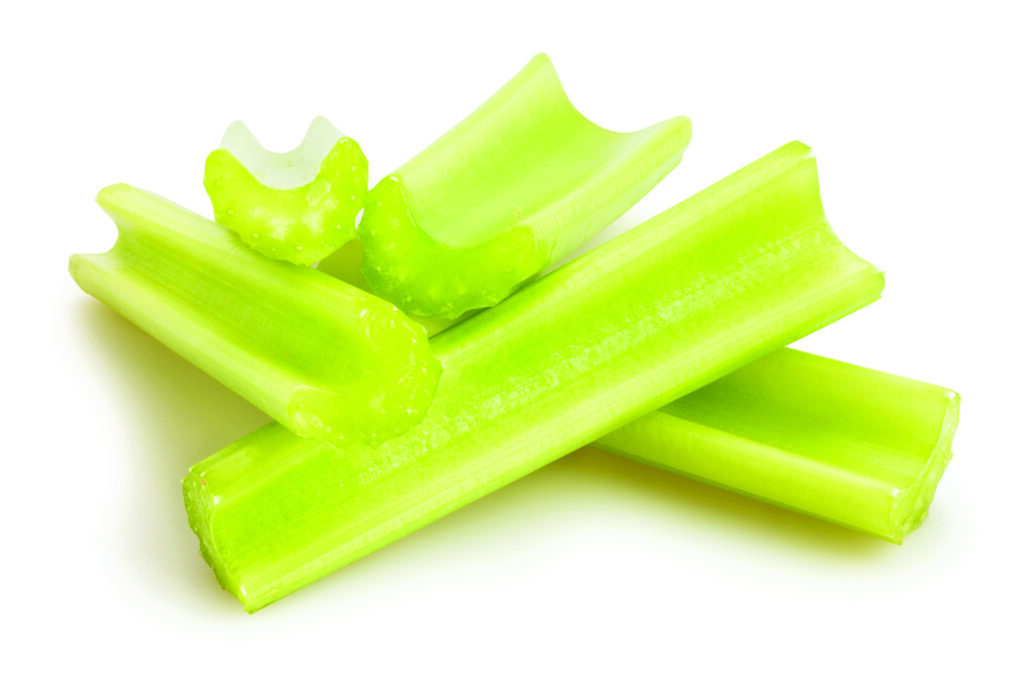Some things just sound too good to be true. You lose more calories eating a food than the food has in it. That’s called “negative calories” and it sounds like digestive snake oil to me. It would be died-and-gone-to-heaven for dieters.
But there is a modicum of truth in it. Some cold foods that are largely water and take a lot of chewing can burn more than you earn. One of the problems is that with so much water in a food there is not much nutrition and if you ate just those foods you would not be healthy—skinny, perhaps—but not healthy.
You can find lists of five to 50 negative-calorie foods on the web. Some are by reputable folks and some are by people who heard what they think is a good idea and ran with it (so be careful what you read on the Internet).
1.
a: The amount of heat required at a pressure of one atmosphere to raise the temperature of one gram of water one degree Celsius that is equal to about 4.19 joules—abbreviation Cal—called also gram calorie, small calorie
b: The amount of heat required to raise the temperature of one kilogram of water one degree Celsius: 1000 gram calories or 3.968 Btu—abbreviation Cal—called also large calorie
2.
a: A unit equivalent to the large calorie expressing heat-producing or energy-producing value in food when oxidized in the body
b: An amount of food having an energy-producing value of one large calorie
For every site or blog touting the chew-more-weigh-less theory, you can find one saying that’s a lot of hooey. Some get into complicated math about what we call a calorie really being a kilocalorie. First cousin to a joule (4.19 calories). That’s explained, sort of, in the definitions from Miriam Webster dictionary in the sidebar.
So, you see, it’s complicated. To make it simple, a food with plenty of water won’t have much in the calorie department . . . whichever way you look at it . . . big calories or small calories.
The list of popular negative-calorie foods is usually headed by the king of chew-for-little-nutrition—celery. The strings are hard to chew so that might be what makes it negative-calorie. But what happens if you remove the strings with a potato peeler or paring knife? Where’s the work now?
Cold water and ice are calorie negative because your body uses energy to heat them.
Dr. Nancy Snyderman, chief medical editor for NBC News, wrote in her book entitled Diet Myths That Keep Us Fat that “the calories your body burns in fueling the digestive cycle are miniscule compared with the calories in the food itself. Although chewing celery might seem like a strenuous activity, it burns about the same amount of calories as watching grass grow.” Watch for someone to come up with “The Watch Grass Grow Diet.”
But don’t throw the baby out with the bath water. The foods on these lists are good for you and are low calorie.
Here’s one from caloriecounter.about.com:
Fruits: Apples, cranberries, grapefruit, lemon, mango, orange, papaya, pineapple, raspberries, strawberries, and tangerine.
Vegetables: Asparagus, beet, broccoli, cabbage, carrot, cauliflower, celery, cucumber, dandelion, endive, cress, garlic, green beans, lettuce, onion, radishes, spinach, and turnip.
Someone asked the blogger where the list came from. The answer was “From a negative calorie dieting book called Obesity and Weight Loss.” Is that a source you can respect?
What you put on a low-calorie food can enhance the taste and add calories or just make the food taste better and make you look better.
Salad greens (including things such as celery, cucumber and radishes), are great if you don’t slather high-fat dressing all over them. That means little (if any) oil. Look on the supermarket vinegar shelf for the best and oldest Balsamic vinegar you can find and afford. There might be a flavored variety too. Fig, blueberry, and raspberry are popular.
Drizzle the salad with vinegars to wake up your taste buds without adding many calories. The ones in my cupboard have from four to 20 calories per tablespoon. Eat as many of these foods as you can plain, without added sweeteners or fats. Don’t cook them with fat or oil. A few examples of low-calorie foods:
Asparagus 27 calories per cup.
Broccoli 31 calories per cup.
Brussels sprouts 38 calories per cup.
Cabbage, smooth, curly or red, 22 calories per cup.
Salad greens are almost a gift. A cup of most greens has only enough calories to count on one hand.
Beets 37 calories in a half-cup.
Grapefruit 39 calories in a half.
Mushrooms 15 calories in a cup.
Tomatoes 22 calories in a medium fruit.
Turnips 36 calories per cup.
Maybe, if you eat a head of lettuce while running around the block it might ring up as calorie-negative.
CREDITS
story by TRENT ROWE
Trent Rowe is the food editor for Central Florida Health News.
